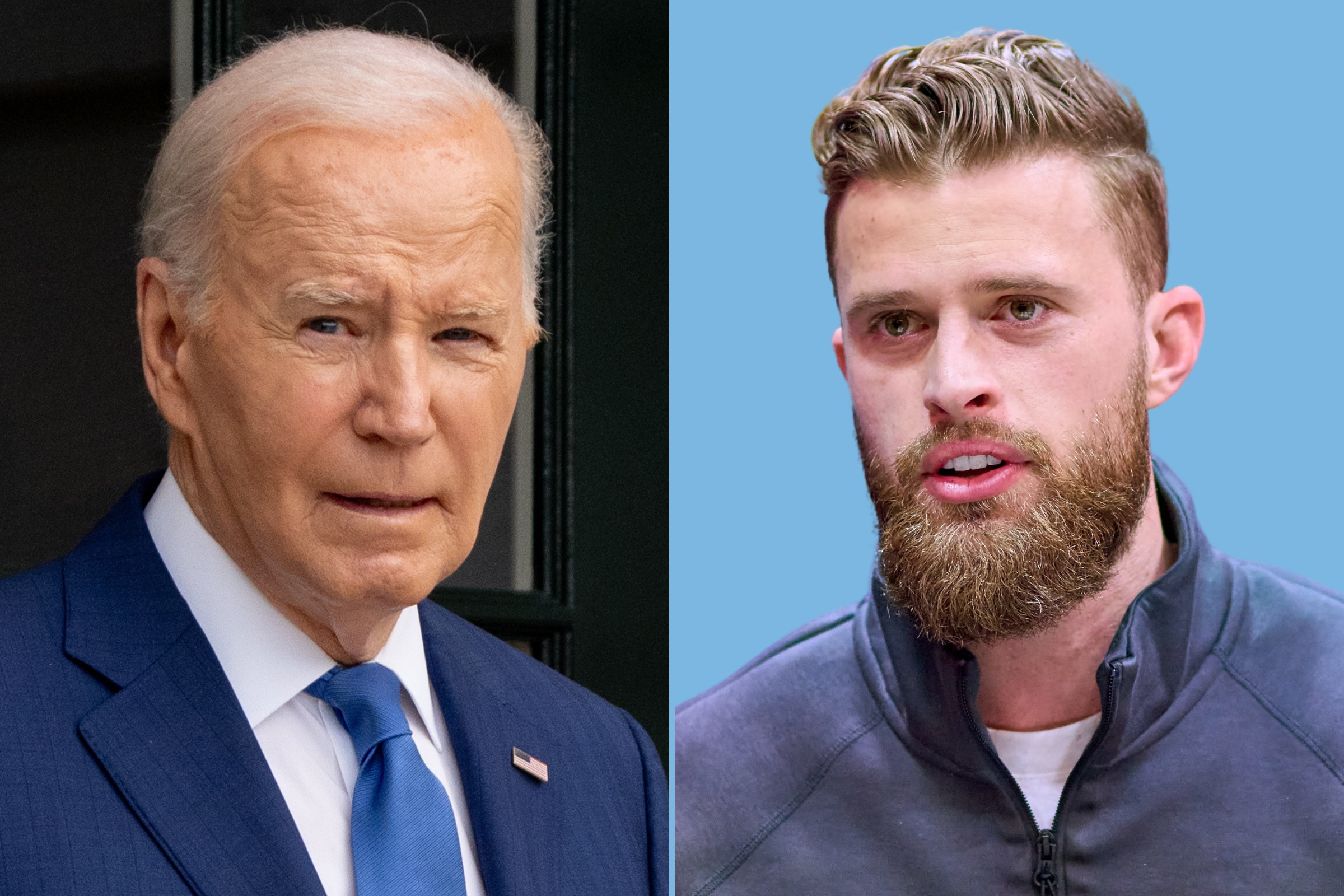
Blockchain, NFT, Web3 and cryptocurrency are noteworthy buzzwords nowadays. However, marketing executives are still working to understand the core value drivers and investment areas around customer engagement and loyalty.
NFTs in Web3 is like the "forms" in Web3 — they unlock value. In Web3, brands have migrated from making money from collectibles to new ways of engaging customers. There is a range of implementation by sector, industry, and brand, e.g., access to communities, broader redemption, exclusive content, new experiences, cash monetization, etc. There are also many loyalty programs on many apps — which are difficult to track or transfer. Brands are often seeing suboptimization when it comes to returns from loyalty programs due to inactive customers and expired points.
A migration from closed (Web2) to open systems (Web3) is underway to tackle this value loss. In other words, customers may be locked into one brand in Web2, but find their loyalty redeemable at another brand in Web3 through tokenization. This is how Web3 can potentially help unlock value that is left behind when companies create customer-centric programs in Web2. As the co-founder of a company working to bring Web3 value to Web2 companies, I want to explore the mechanics of customer loyalty tokenization and the potential barriers to adoption.
Loyalty Programs in Web3
A familiar concept in the Web2 world is loyalty programs from hotels, airlines, stores, etc. Brands use them as tools to incentivize people to patronize their products or services through points or miles. These points are hypothecated to the consumer, but they do not own or control the terms to use them. Even though these assets are linked to the consumer's email or web identity, they cannot liquidate for cash, transfer, trade, or redeem against the brand's policy, e.g., blackout dates, redemption costs, etc.
Web3 has the potential to give complete control of these loyalty points or miles to the user. For example, a consumer can build loyalty points or currency from various hotels, airlines, and stores into one tokenized asset. These assets can be sold, exchanged, traded, or redeemed for a multitude of things in a marketplace. These tokens could be fungible or even as an ownership NFT (non-fungible token).
The tokens can also be programmed via smart contracts to deliver a certain small percentage of the sale to the brand itself, creating a new revenue stream. Offers from the brands could be delivered right into the wallet of the consumer driving higher stickiness and loyalty. Today, many of these loyalty programs destroy value for brands and consumers through a "use it or lose it" scheme which could be monetized generating value for both parties. Once Web2 and Web3 work together, there is potential for a lot of value to be unlocked.
Many brands like Gucci, Nike, Adidas, etc., have experimented with these concepts. For example, Nike generated $185 million through NFT sales in the last quarter and Adidas generated $22 million in one afternoon — both signs of a potentially exponential revenue model.
The Path Forward
Several companies are trying a range of approaches to integrating tokens into their existing products or services while exploring new business models and revenue streams. These companies will drive the mass adoption of Web3, embedded into Web2 value chains as an extension. Consumer adoption will happen for real value and depart from the adopters that trade tokens with a speculative eye today. Ownership, interoperability, and portability will be at the center of Web3-driven loyalty programs. These tokens act as digital passports unlocking value through experiences inside or outside the loyalty program.
The value unlocked by these tokens can also be woven into earning structures of each loyalty program identifying milestones that unlock benefits across multiple programs using a single wallet tied to the user's identity.
Skeptics question if brands are simply putting a Web3 wrapper on existing paradigms and creating new walled gardens of value as opposed to embracing the ethos of Web3 — which posits users own their data, not corporations. They also seek answers to why the Web3 methods are better than Web2. If we are moving from closed to open ecosystems, brands like Starbucks are not yet letting their NFTs be redeemed at Peet's or other competing outlets. Some airlines and hotels have done a better job of partnering with others on loyalty point redemption, but they come at inequitable exchanges or onerous terms of redemption.
Even past skepticism, a wallet can help rid the friction caused between the brand and intermediary platform by establishing a direct relationship between them. Brands can repurpose those costs to reward consumers for their time, attention and engagement in meaningful ways, driving a new emotional bond to enhance loyalty.
Concluding Thoughts
We are still in the early day of asset tokenization as enterprises and consumers process exchanging value on peer-to-peer networks. A vast majority of tokens do not have real-life value at scale yet and many chains striving for their adoption vectors like product market fit. I believe the value will be created from Web3 features embedded into existing Web2 businesses that people use today, rather than trying to rip and replace Web2 with Web3 overnight. Tokenization with liquidity on the blockchain will likely unlock several layers of innovation and creative accretive GDP. We are in version 1.0 of tokenization, and with advancements in scaling technology, interoperability, regulation, and security, many asset classes and forms of liquidity will be created.
Uncommon Knowledge
Newsweek is committed to challenging conventional wisdom and finding connections in the search for common ground.
Newsweek is committed to challenging conventional wisdom and finding connections in the search for common ground.
About the writer
To read how Newsweek uses AI as a newsroom tool, Click here.





